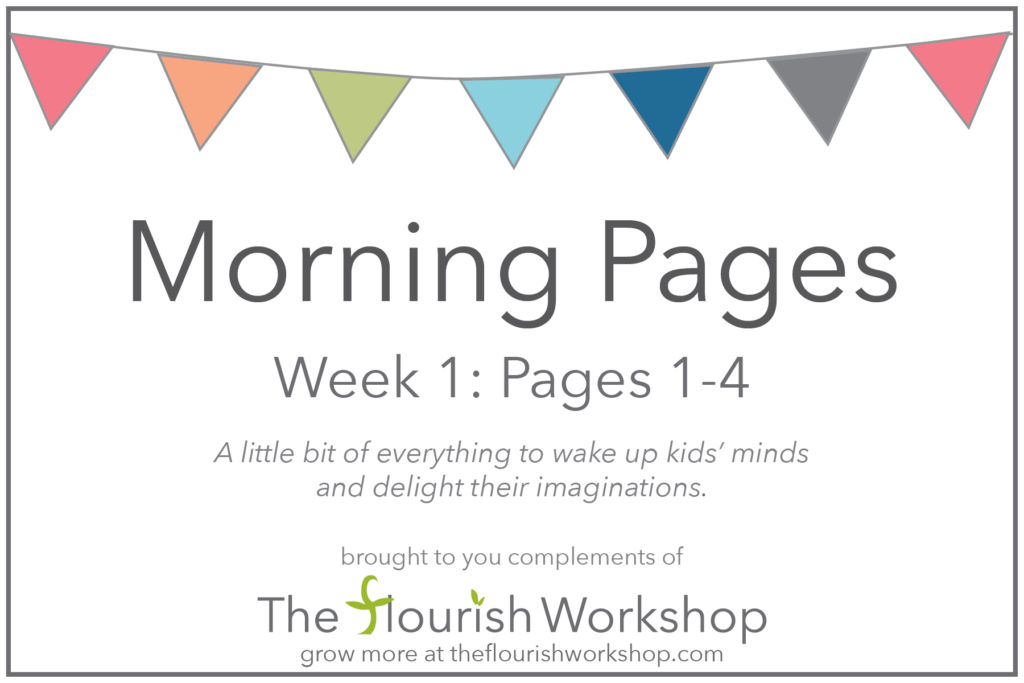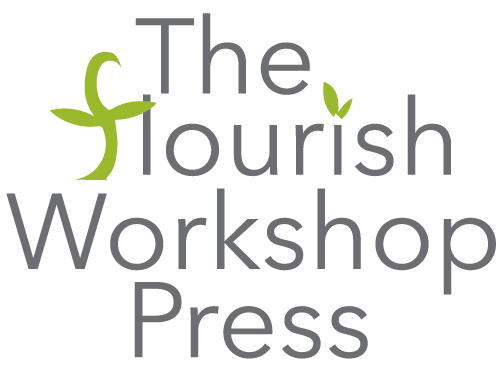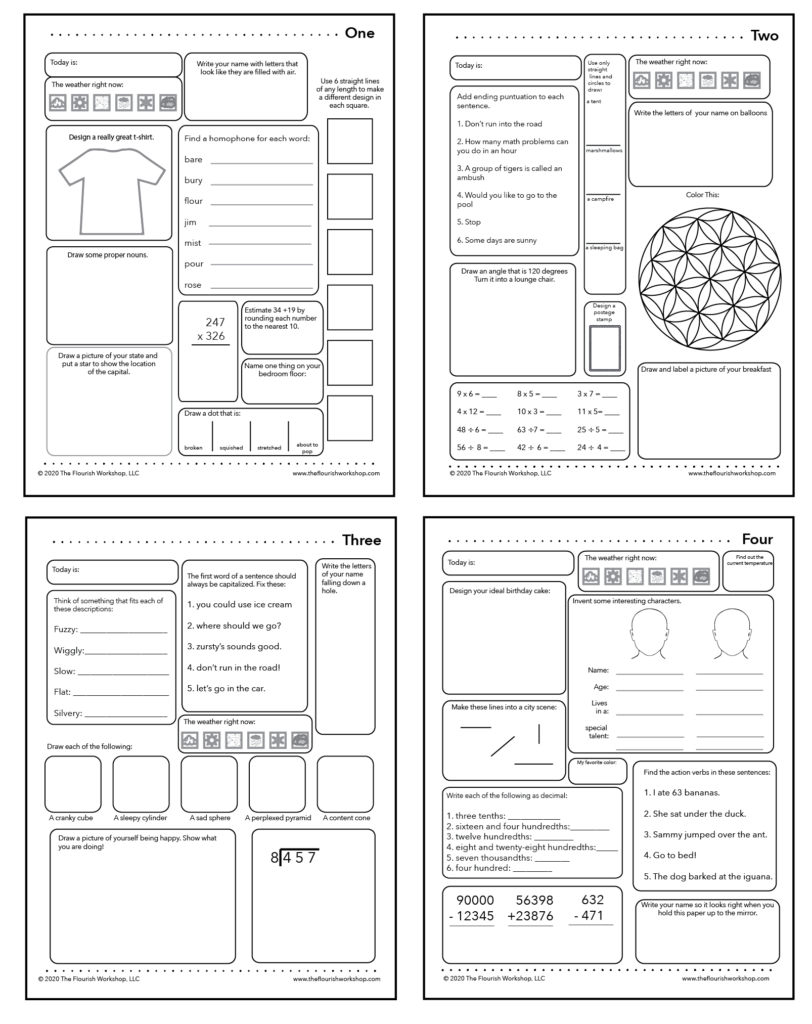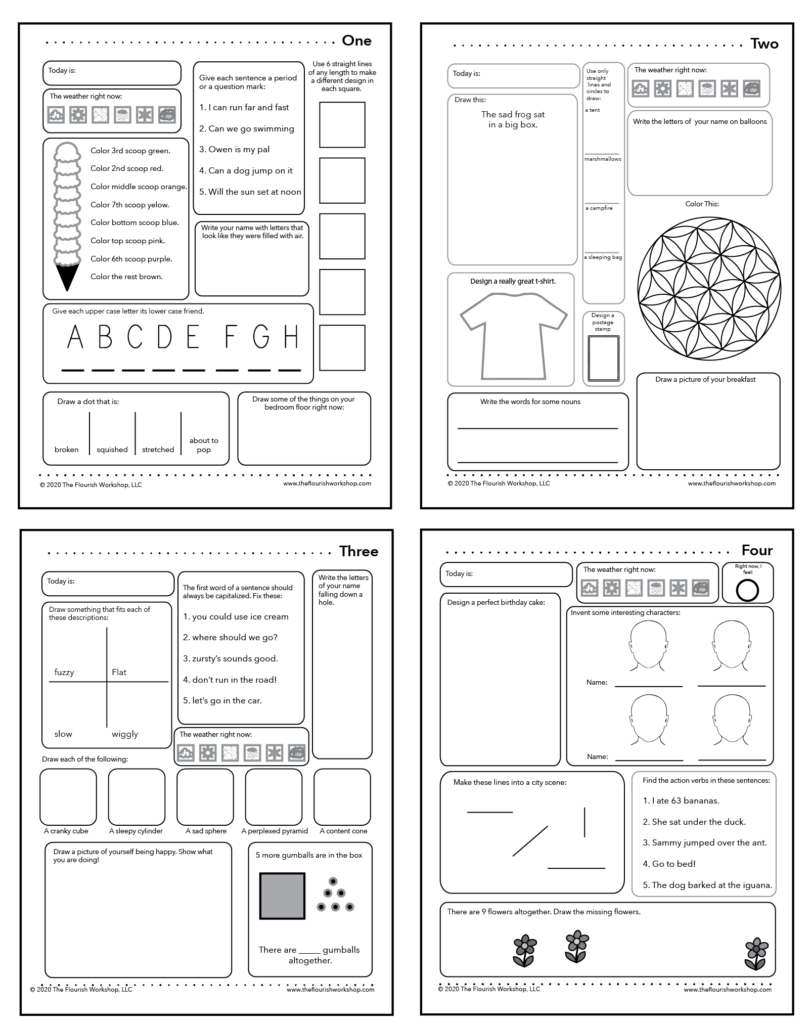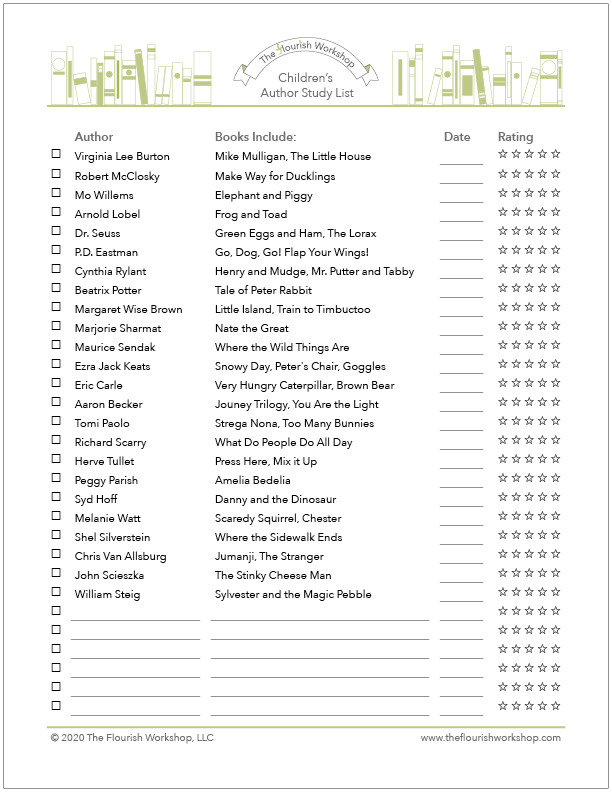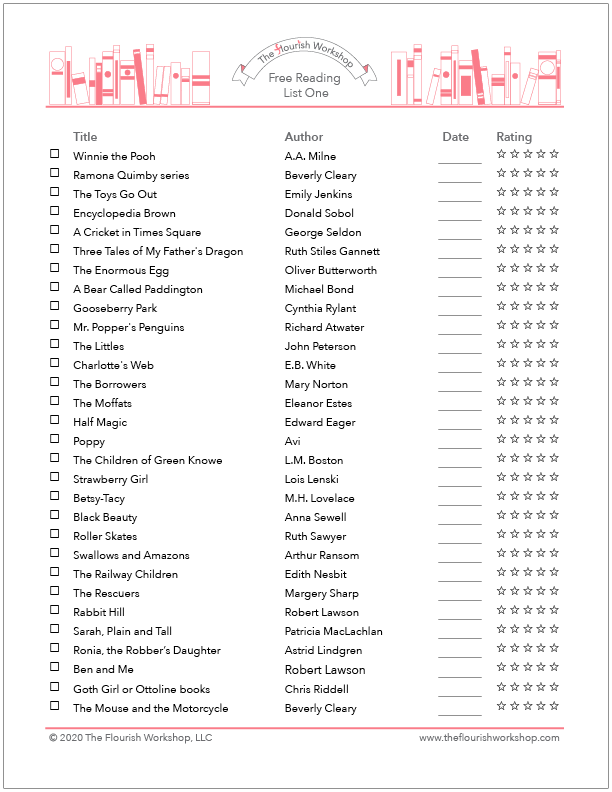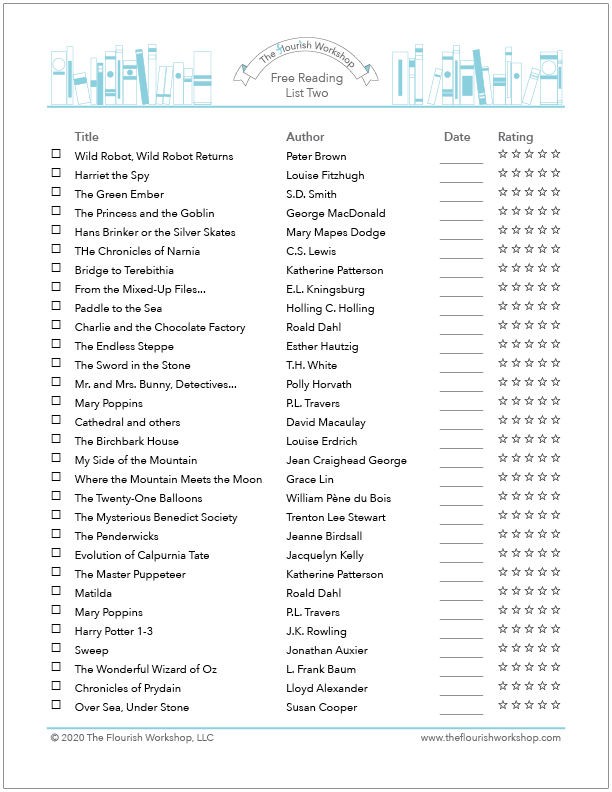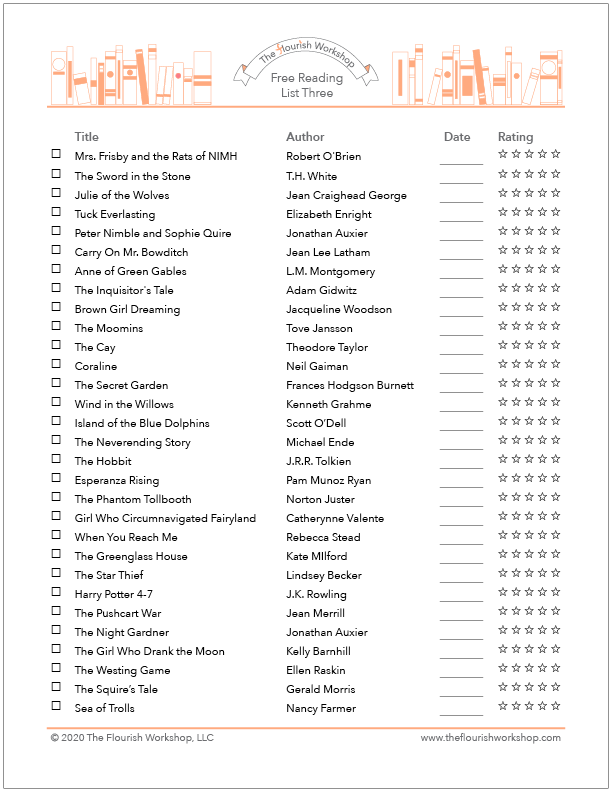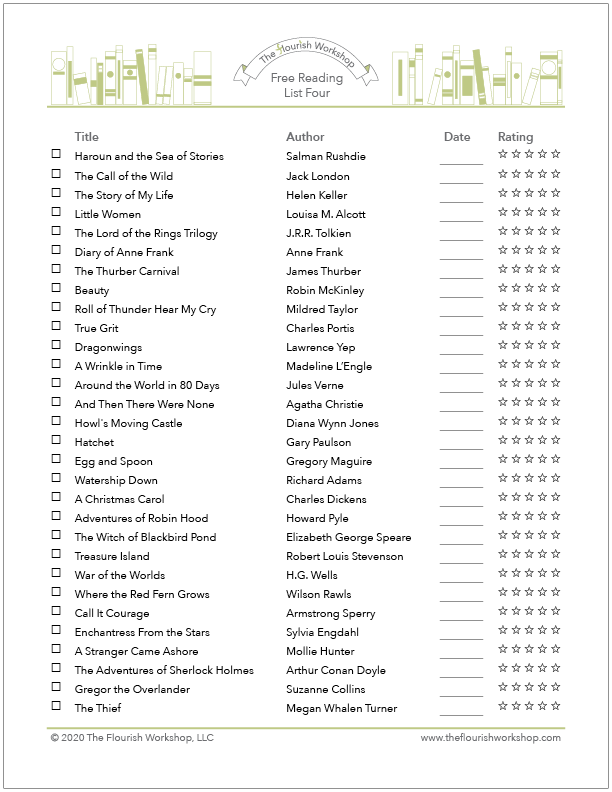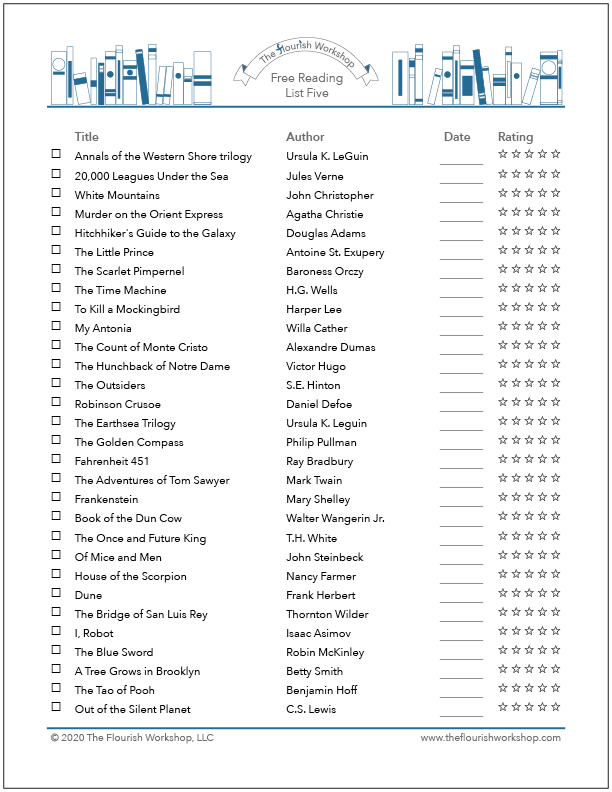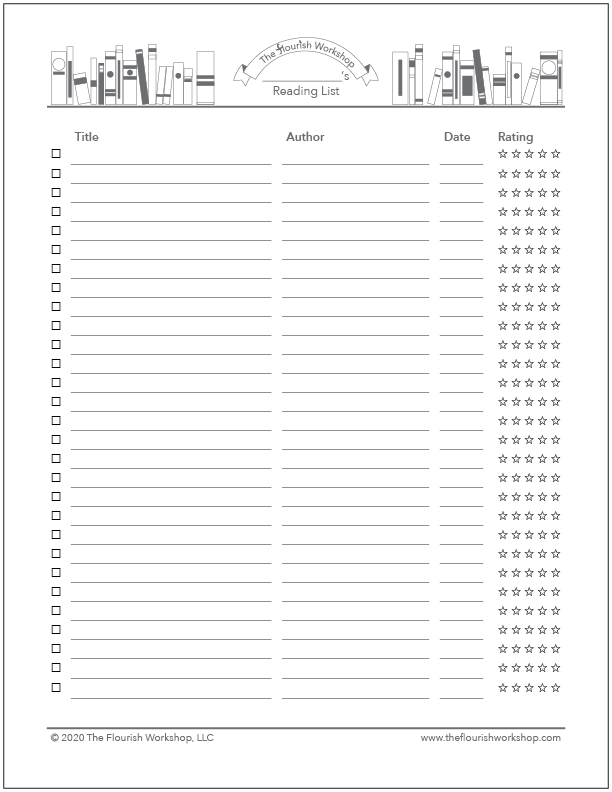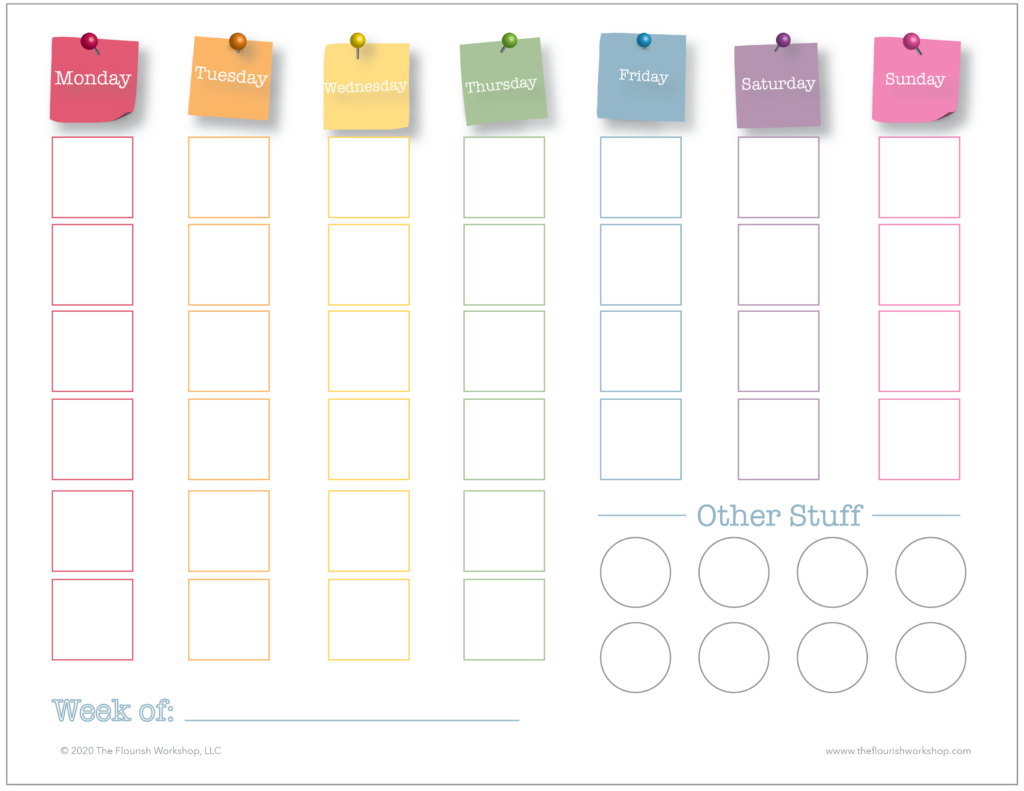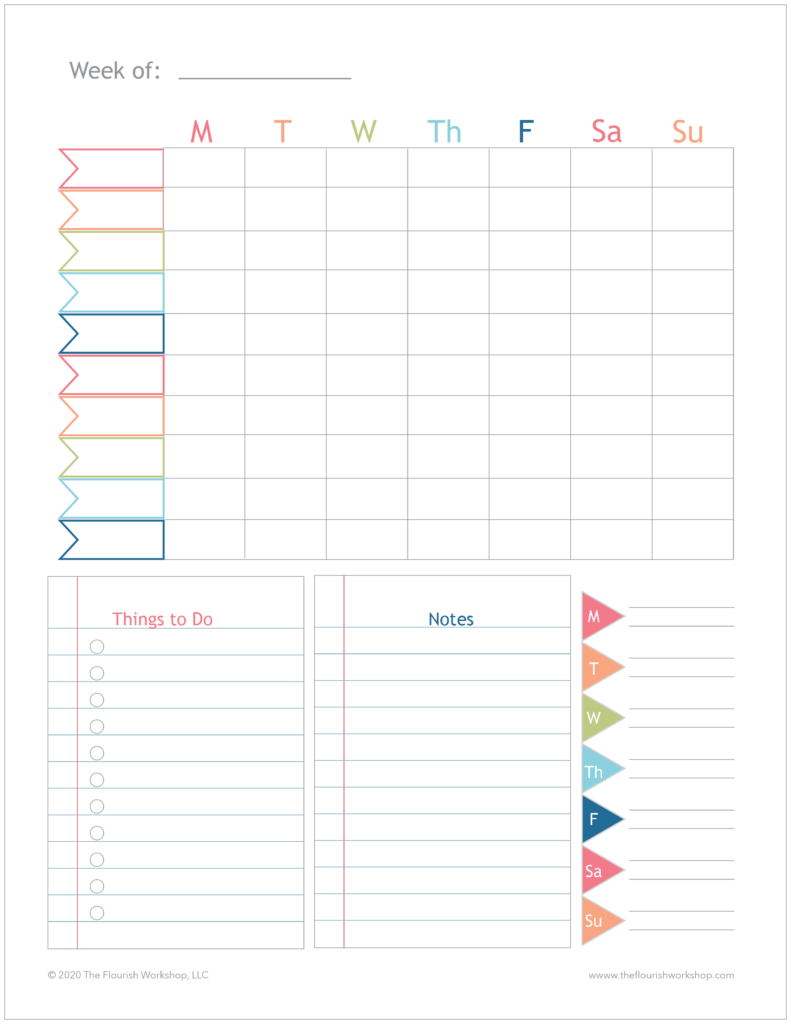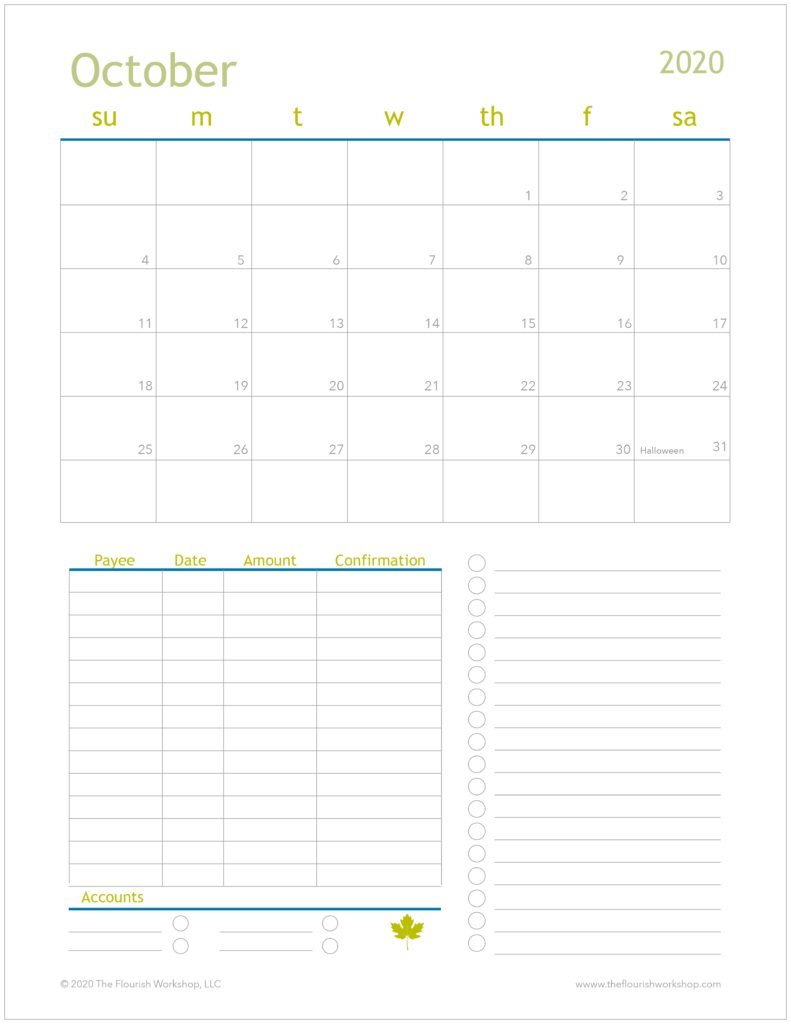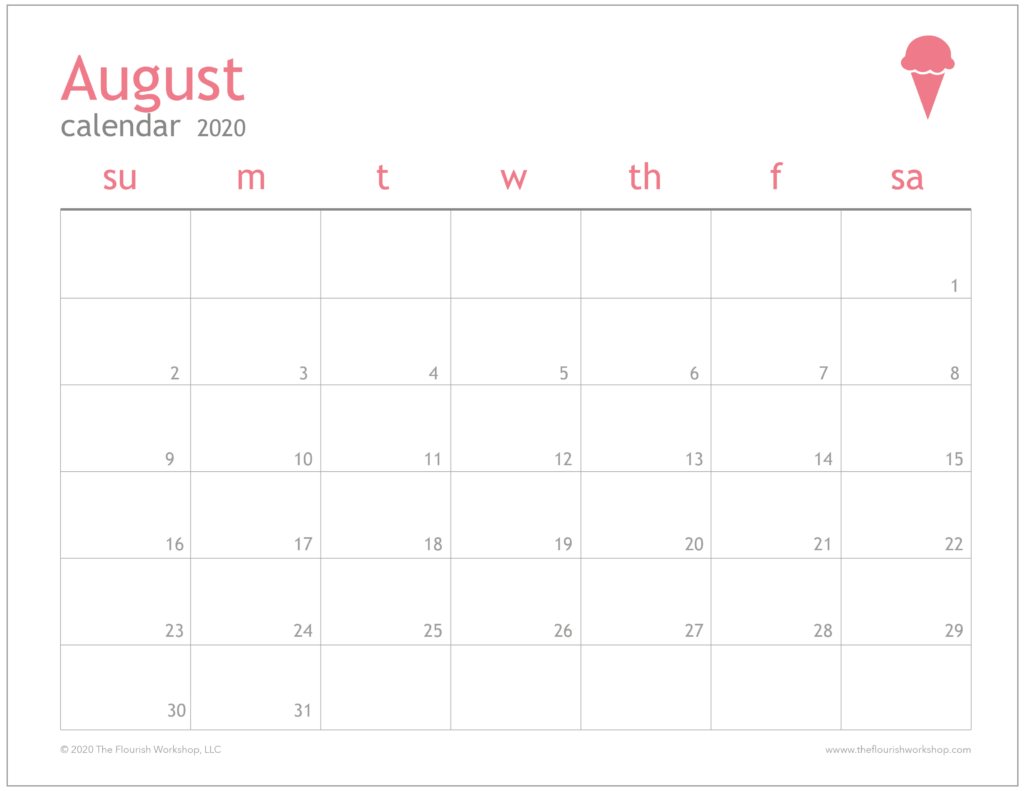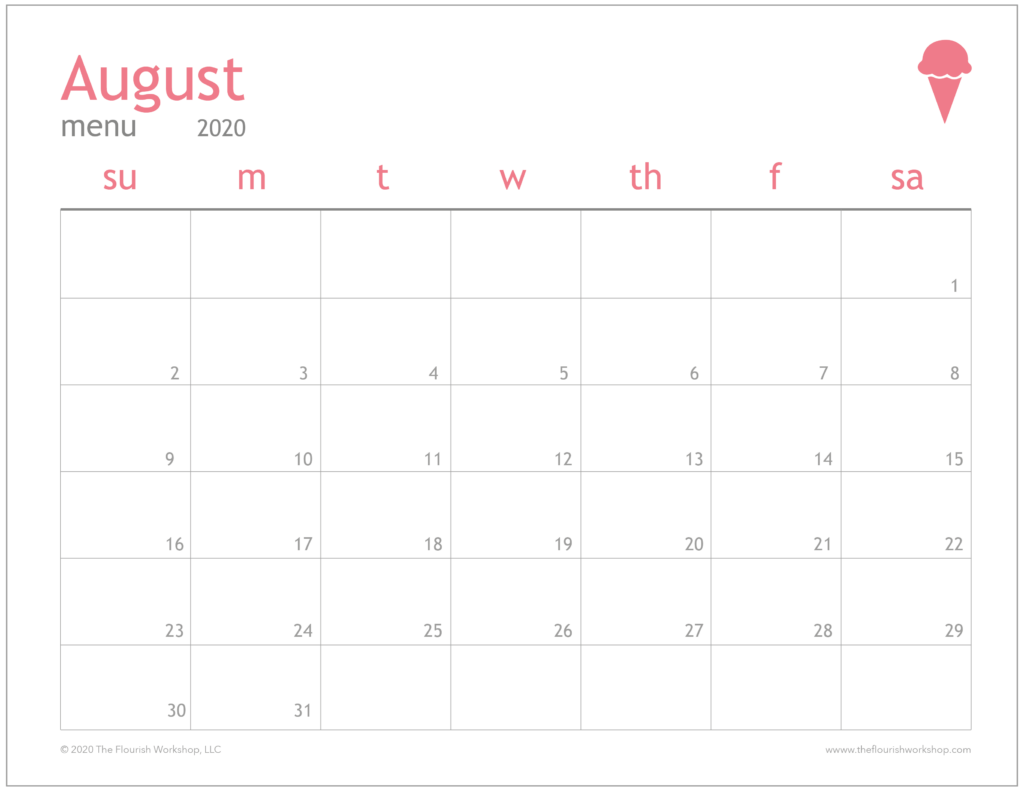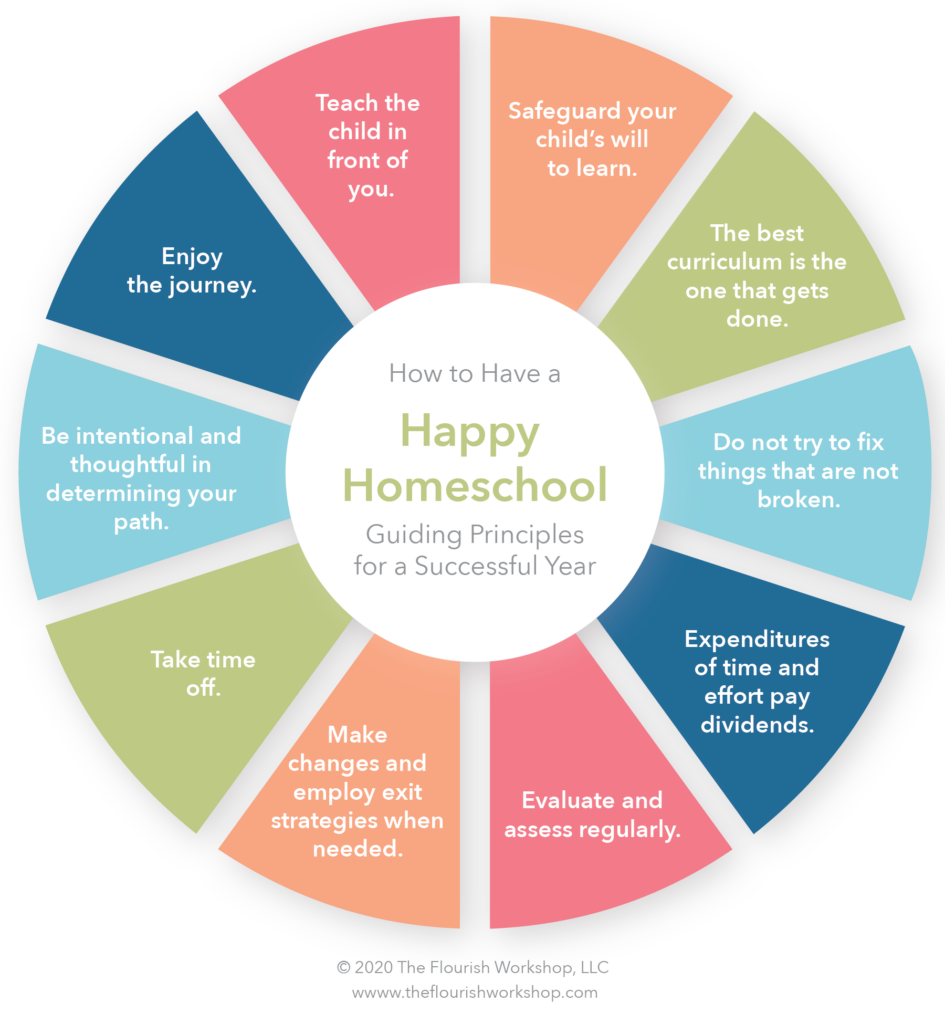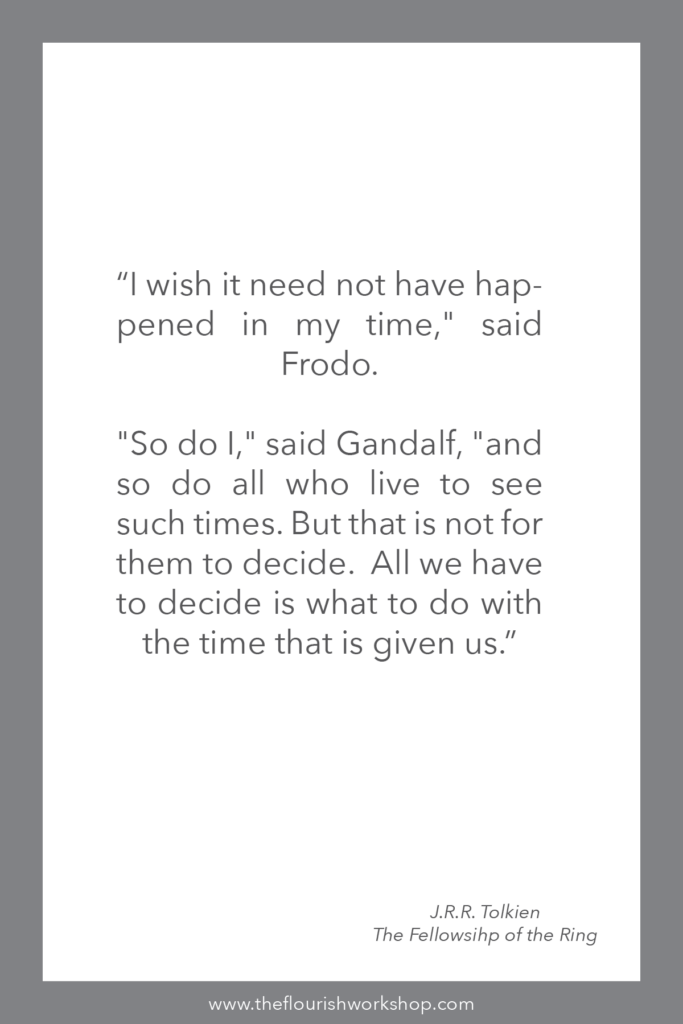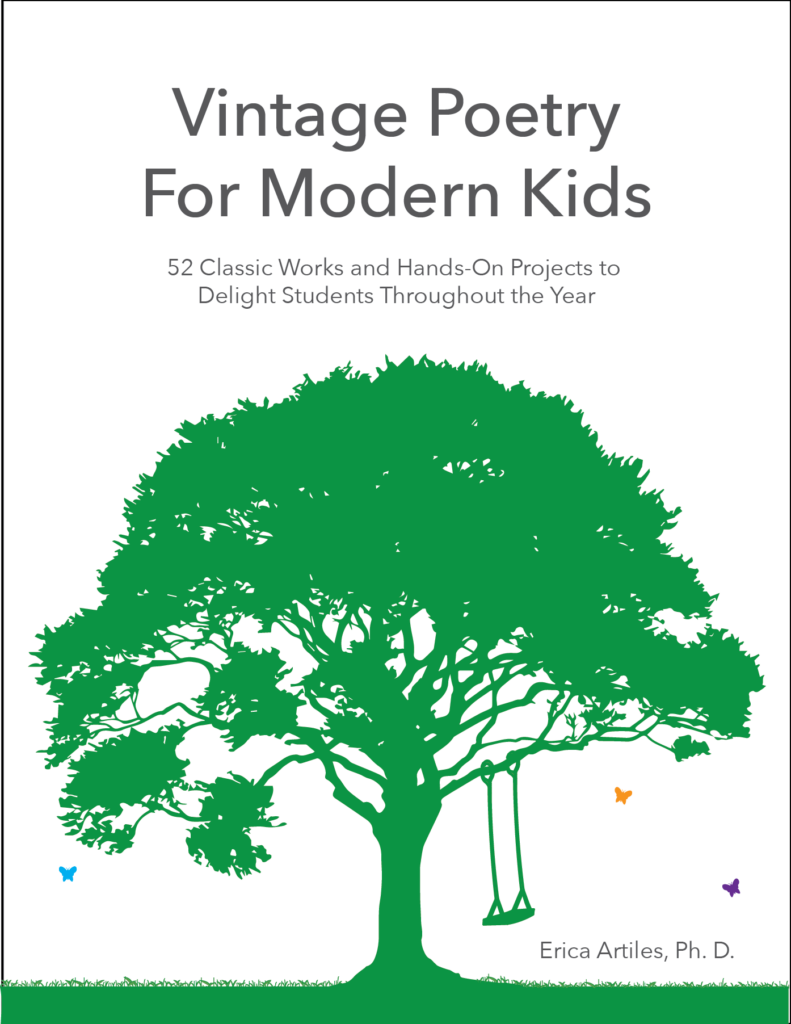One of the great benefits of being an independent homeschooler is that we get to develop an approach and a curriculum that is exactly suited to the needs of our children. We get to decide on our priorities, choose the materials that are a good fit, set our own schedules, and work out the details.
This approach is not without its challenges, however. With nearly unlimited freedom comes infinite choices. It is easy to second-guess the things we are doing, and when our days start to fall apart, we have countless levers and buttons that we can adjust when trying to set things right. It is not always clear where problems lie or how to fix them.
Over the years, I have developed a set of guiding principles that help me to refocus when things are not working. Generally, when something is not quite right, I can trace the problem to my neglect of one or more of the following:
Teach the Child in Front of You
Plan for and teach only the child(ren) you have before you. Do not teach the children you one had, the children you wish you had, or the children you hope they will become.
Safeguard Your Child’s Will to Learn
Help your children to embrace the process of learning. Once their desire to learn has been extinguished, it is extraordinarily difficult to rekindle.
The Best Curriculum Is the One That Gets Done
Choose curriculum that is doable. What “doable” means will vary based on your preferences and the needs and abilities of your children. If it is doable, it will get done. If it is not doable, it will not get done, and you should not stress about it. If you think it should be doable, rearrange your day or your priorities to make it work.
Also, be sure to have a core of easily doable things that get done with great regularity. For some, that might be math, reading, and writing. For others, the core could include music, foreign language, and math. On your busiest or most chaotic days, do these core subjects only.
Do Not Try to Fix Things That Are Not Broken
The grass is not always greener. If it works and is doable, keep going. Do not curriculum hop frivolously.
Expenditures of Time and Effort Pay Dividends
Days can only be easy when you have put in the time and effort to make sure they are so.
Evaluate and Assess Regularly
Do not plan too far ahead, and routinely evaluate what is working and what is not working for both you and for your kids.
Make Changes and Employ Exit Strategies When Needed
When something is not working, weigh the available options and choose a new course. Few decisions we make regarding curriculum or scheduling are irreversible, and we all learn a lot when we are willing to experiment and try new things.
Take Time Off
Embrace the full stop. You and your children need downtime in order to stay sane and productive. You will all be more clear-minded, relaxed, and ready to resume the hard work of learning.
Be Intentional and Thoughtful in Determining Your Path
When you articulate what you are doing and why, you will be less inclined to envy a fellow homeschooler’s journey, approach, curriculum, schedule, goals, accomplishments, and so on.
Enjoy the Journey
Remember, this is a path you have chosen, and it is one that you can change should should the need or desire arise. As long as you choose to continue, you should embrace it, enjoy it, and appreciate its many delights and challenges.
